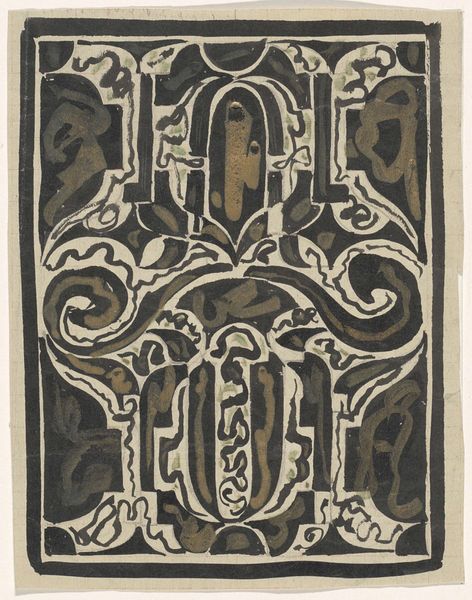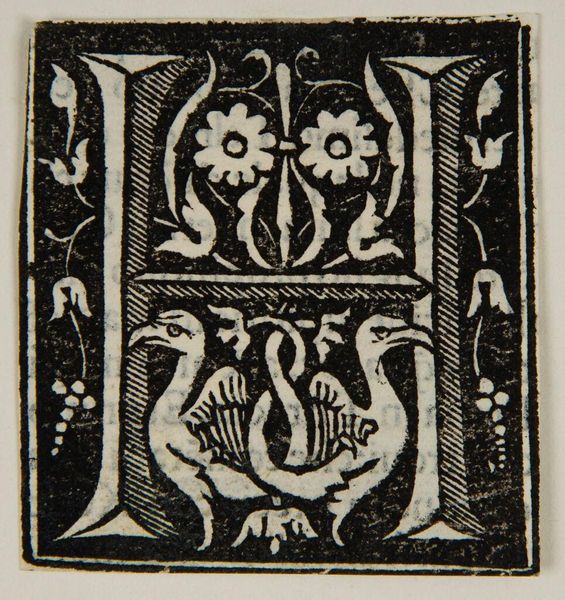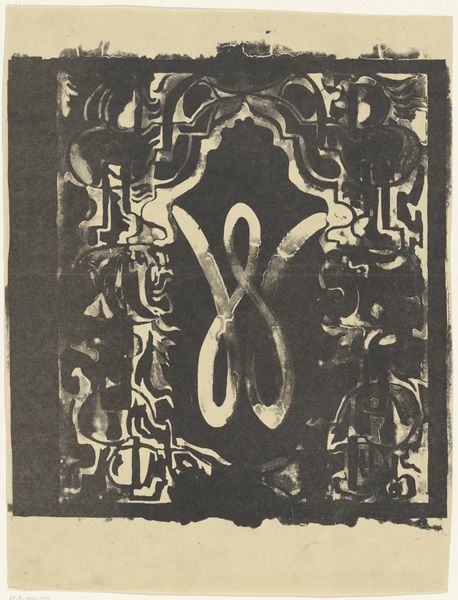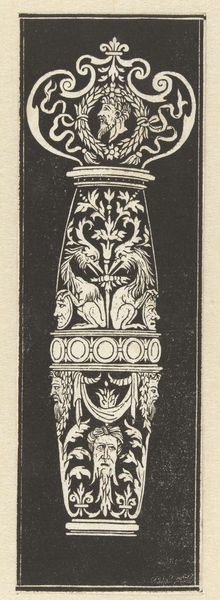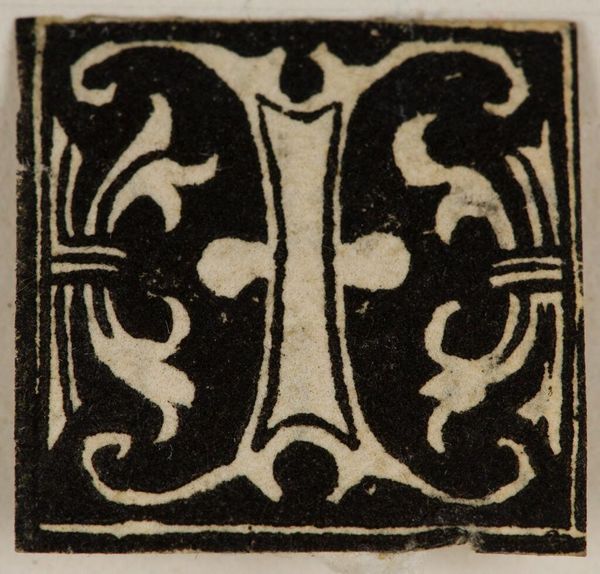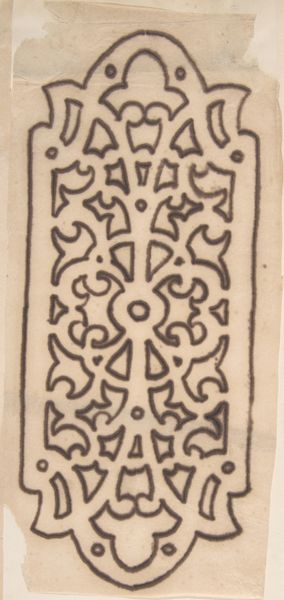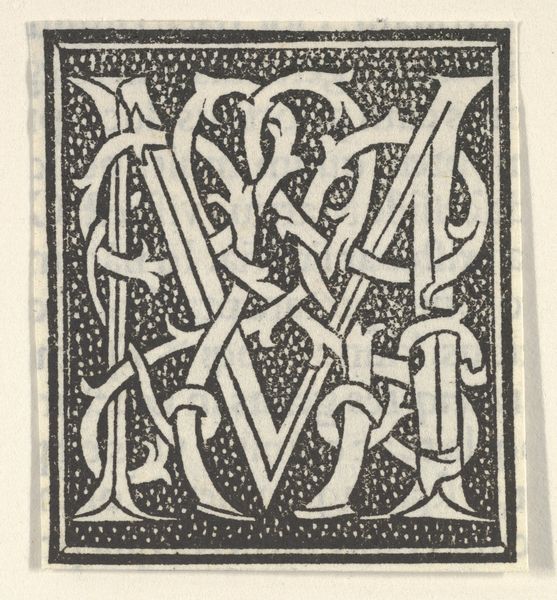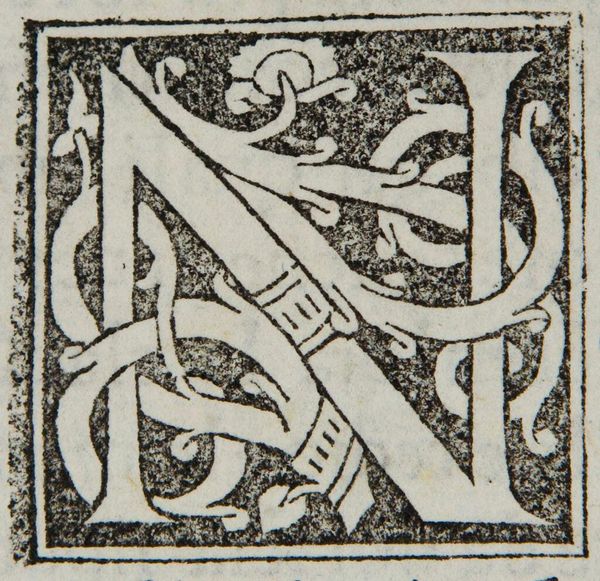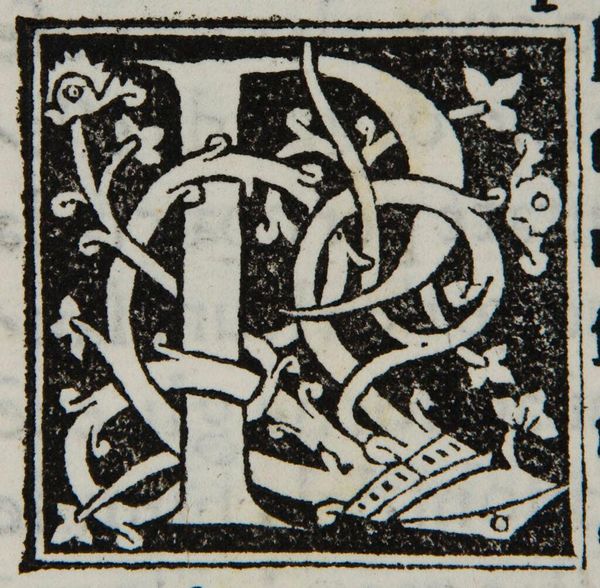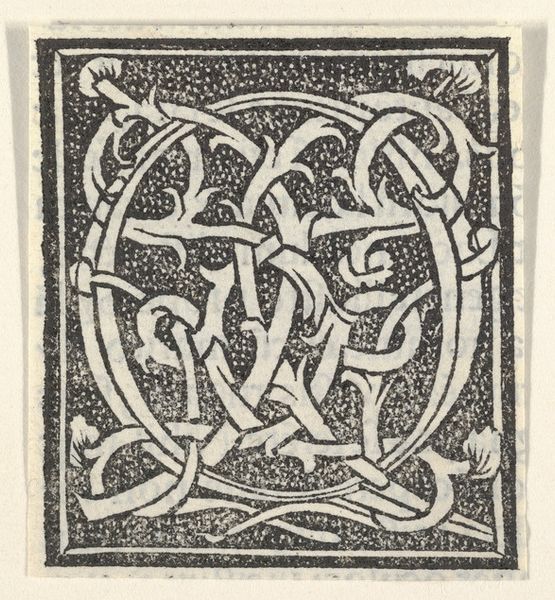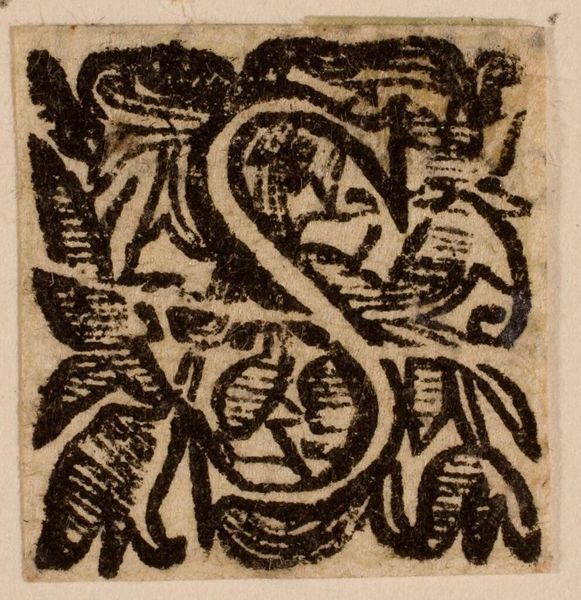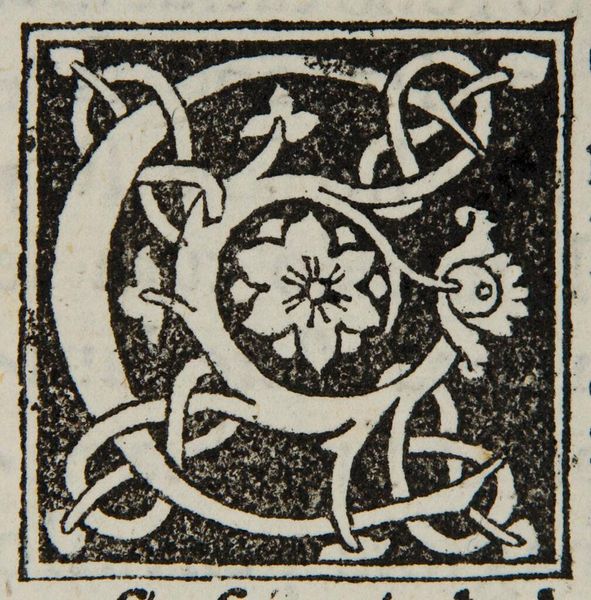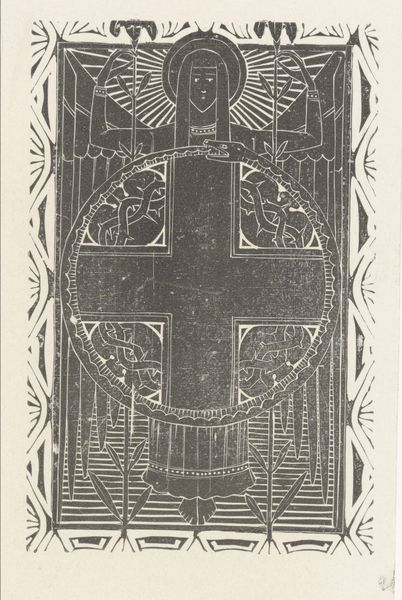
carving, print, woodcut
#
carving
# print
#
carving
#
german-expressionism
#
figuration
#
expressionism
#
woodcut
#
nude
Copyright: Public Domain: Artvee
Curator: Up next, we have Ernst Ludwig Kirchner's woodcut, "Nude Dancer," created in 1906. Editor: Well, the high contrast certainly grabs your attention. It's a powerful little print! I find it quite unsettling. Curator: Indeed. Kirchner was a key figure in German Expressionism, a movement characterized by intense emotional expression. He co-founded Die Brücke, "The Bridge," which sought to bridge traditional art with more modern sensibilities, exploring themes of alienation, urban life, and primal emotion. Editor: That tension is evident here. The dancer's silhouette is so simplified, almost brutal. Note the thick, bold lines and the way the white space is aggressively carved out. The black ink almost seems to trap the figure. The stark contrast emphasizes a sense of unease. Curator: Kirchner's exposure to African and Oceanic art heavily influenced his style. The blocky shapes, the flattened perspective—it's all part of an attempt to access a more "primitive," unmediated mode of expression. This primitivism, prevalent in early modernism, sought authenticity in non-Western art and cultures. Editor: Yes, there's a tension between representation and abstraction. It is not concerned with a naturalistic depiction, instead using simplified forms to elicit visceral emotions. Curator: His work wasn’t without controversy. Art like this challenged the conservative, Wilhelmine social and aesthetic order. His Expressionist art embodied a direct revolt, challenging traditional values through visual statements. Editor: Absolutely. It's far from an idyllic portrayal of the nude. Kirchner's work leaves one questioning ideas of modernity, sexuality, and self. The bold contrasts and rudimentary style elicit a strong feeling. Curator: Overall, Kirchner's 'Nude Dancer' provides insight into Expressionism's bold rejection of traditional aesthetic conventions, revealing the influence of social contexts, challenging perspectives, and exploration of deep, uncomfortable human emotion. Editor: A challenging work, no doubt, prompting an exploration into how art can reflect internal psychological turmoil and social unrest through simplified form and bold technique.
Comments
No comments
Be the first to comment and join the conversation on the ultimate creative platform.
